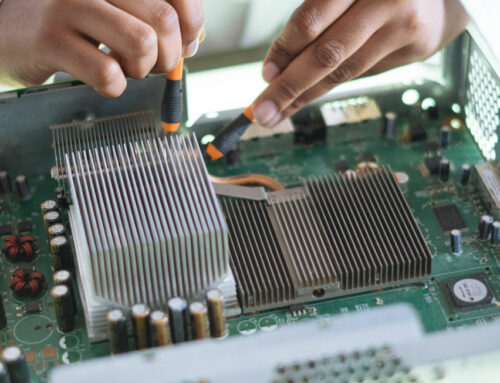Done right, network virtualization can do great things for your business. By simplifying administration, you can save money, improve security, and make administrators’ jobs easier. But the right approach is important to realize these benefits and avoid creating an environment that introduces more problems than it solves. While there are many considerations to make, today we discuss two in particular: knowing what not to virtualize and choosing the right hardware for scalability.
Know What Not to Virtualize (At Least Initially)
Not all applications lend themselves to successful virtualization. In the process of trying to make your job simpler and your business better, you could end up creating a lot of hassle and failure by attempting to virtualize the wrong ones.
Specifically, those that may need to be avoided include:
High-demand applications:
Programs and databases whose performance depends on fast I/O or heavy CPU usage may not perform well in a virtualized environment. Get a clear picture of what these might be in your business so that you set up your environment in a way that will maintain speed and performance for the affected business units. That may mean keeping some of these on a physical system.
Restricted licenses:
License agreements for some programs occasionally specify that virtualization is not permitted or can only be done using certain platforms. Verify this before you proceed, or you may find down the road that you’re unable to obtain support or updates.
Timing also matters. You may choose to virtualize only certain parts of your infrastructure first, waiting to virtualize more complex or mission-critical applications until you’ve had the opportunity to test and learn. For instance, VMWare suggests taking one of two approaches: either starting just with your best use cases or starting with a small domain, and scaling from there. However you do it, this brings us to our second recommendation: making investments with scalability in mind.
Make Investments with Scaling in Mind
As a network administrator, you’ve probably had a lot of moments when you wished you could see the future. While we can’t point you to a good resource for that yet, we can say that it’s worth your while to do an up-front assessment of what you think your virtualized environment will need to do in the near future. Invest in scalable solutions that will meet those needs.
You may or may not be able to rely on your existing hardware for your virtualized network. It might be a better choice to invest in new (or refurbished) equipment to make your virtualization project a success.
For instance, consider your current inventory of:
Servers:
Servers need to have sufficient memory and processing power. The types of applications and the number of virtual machines you can run on your virtual servers will depend on these factors.
Storage:
If you haven’t already done so, you’ll probably want to move to a shared storage system like a storage area network (SAN) or network attached storage (NAS). You also have options for storage that is “hypervisor-aware” or “virtualization-aware” that can simplify management of your virtualized environment.
Network interface cards (NICs):
Like your other equipment, you may find that you will need to invest in more or upgraded NICs in order to keep up performance in your virtualized environment.
Network virtualization is an attractive option for many administrators and it can be a good choice. Without the right plan, though, the process can get out of control and create serious business disruptions. Before you jump in, make sure you have a good idea of what applications can successfully be virtualized and which ones may need to wait. Evaluate your equipment, too, to ensure that it can meet your networking needs now and as your business grows and changes.




